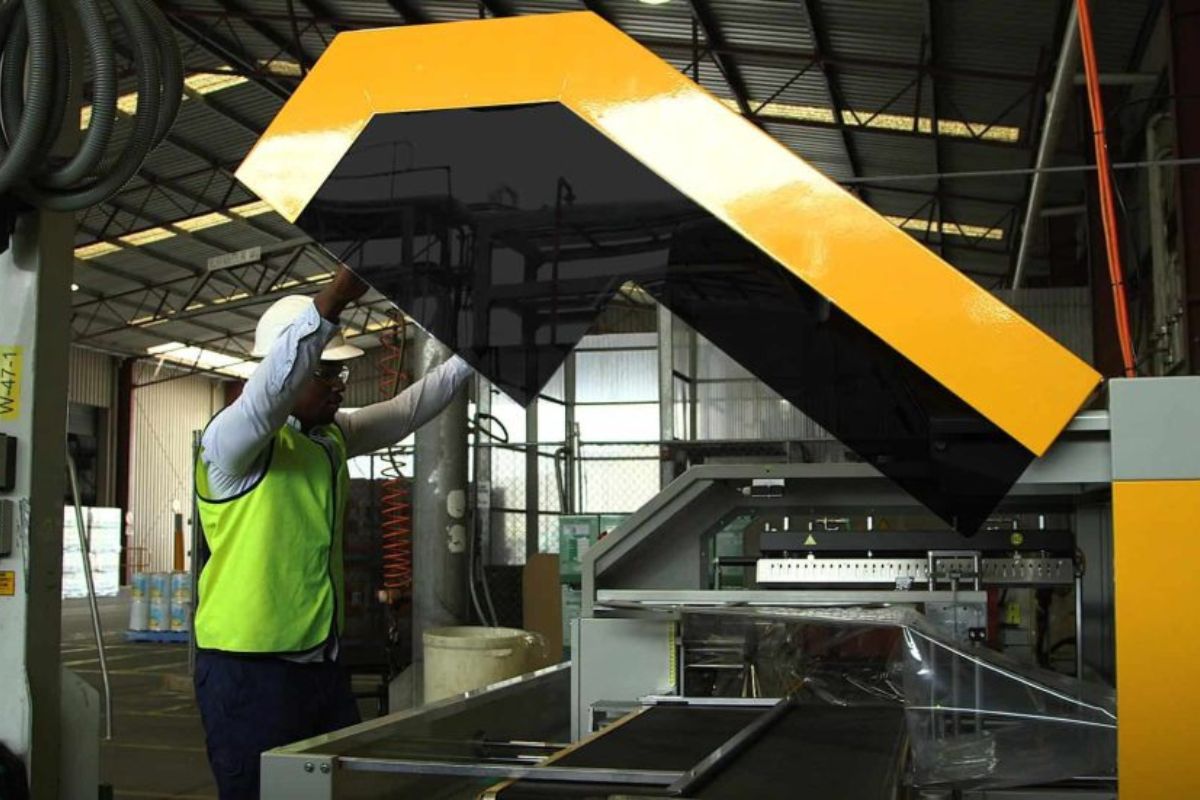In the realm of workplace safety, machine guarding has emerged as one of the most critical topics. As industries evolve and automation becomes more widespread, ensuring that workers remain safe while operating or working near machinery is paramount. Machine guarding and equipment safety are essential components of occupational safety programs, protecting employees from the hazards of moving parts, flying debris, and equipment malfunctions. This article explores why machine guarding is crucial, current challenges, and best practices for ensuring safety in various industries.
Understanding Machine Guarding
Machine guarding refers to the use of barriers, shields, and devices designed to prevent employees from coming into contact with dangerous moving parts of machinery. According to OSHA (Occupational Safety and Health Administration) standards, any machine part, function, or process that could cause injury must be safeguarded. This includes the use of physical barriers such as enclosures, fences, or gates, as well as devices like sensors that can automatically stop machinery if an employee gets too close to a hazardous area.
Guarding is particularly important in industries such as manufacturing, agriculture, and construction, where heavy machinery and equipment are frequently used. Without proper safety measures, workers can suffer severe injuries, including amputations, fractures, and fatalities.
Common Types of Hazards Addressed by Machine Guarding
Machine guarding aims to address several types of hazards, including:
- Point of Operation Hazards: This occurs where the work is actually being performed on the material, such as cutting, shaping, or forming. Inadequate guarding at the point of operation can lead to significant injuries.
- Rotating Parts: Exposed rotating parts, like gears, shafts, and pulleys, pose a serious threat. Loose clothing or hair can easily get caught in these moving parts, resulting in entanglement or other severe injuries.
- Flying Chips and Sparks: Operations such as grinding, cutting, or welding can produce flying debris, which poses a risk to workers’ eyes and skin.
- In-running Nip Points: These are found in areas where parts move together and may trap or crush workers, such as between rollers or belts.
OSHA’s machine guarding standard, 29 CFR 1910.212, requires employers to identify potential hazards and implement adequate guarding to prevent worker injuries. Non-compliance can lead to significant fines, legal action, and more importantly, injuries or fatalities among workers.
The Need for Rigorous Safety Measures
The U.S. Bureau of Labor Statistics (BLS) reported that machinery-related accidents remain a leading cause of workplace injuries and fatalities, highlighting the importance of proper equipment safety. According to the BLS, in 2022 alone, there were thousands of machine-related injuries, many of which could have been prevented with better safety practices.
In response, OSHA continues to prioritize machine guarding enforcement, regularly issuing citations to companies that fail to adequately protect their workers from machinery hazards. In 2023, machine guarding violations ranked among OSHA’s top 10 most frequently cited standards, underscoring how widespread the issue remains
Best Practices for Machine Guarding
Ensuring machine guarding compliance requires a multi-faceted approach. Here are some best practices:
- Risk Assessments and Inspections Regular risk assessments are crucial for identifying potential hazards before accidents occur. Companies should conduct routine inspections to check for worn-out or missing guards, improper installation, or employee misuse of machinery.
- Training and Awareness Employee training is an essential aspect of machine guarding. Workers should be educated about the hazards of operating machinery, how to recognize safety risks, and what steps to take if they notice a missing or damaged guard. The training should also include the proper use of personal protective equipment (PPE) to further reduce the risk of injury.
- Use of Appropriate Guarding Methods Different machines require different types of guards, and it’s essential to use the correct method based on the specific equipment. The four main types of guards include:
- Fixed Guards: These are permanent parts of the machine and do not depend on any moving part to operate. Fixed guards provide solid protection but may require the machine to be stopped for maintenance or cleaning.
- Interlocked Guards: These guards shut down the machine if they are opened or removed. This ensures that workers cannot access dangerous parts while the machine is in operation.
- Adjustable Guards: Adjustable guards can be positioned to accommodate different types of work, providing flexibility while ensuring safety.
- Self-adjusting Guards: These move automatically with the machine, exposing only the part of the machine that is needed for the operation while guarding the rest.
- Technological Integration Advanced technology is being integrated into machine safety. Smart sensors and automation systems are now being used to improve safety, automatically stopping machines if workers enter hazardous areas. These systems can reduce the number of accidents caused by human error or equipment failure.
- Maintenance of Safety Guards Maintenance is key to ensuring the long-term effectiveness of safety guards. Companies must implement regular maintenance schedules to ensure that all safety devices are functioning correctly. Broken or missing guards should be reported and replaced immediately to prevent accidents.
The Role of Management
A culture of safety starts from the top. Management must take machine guarding seriously and allocate the necessary resources to ensure all equipment meets safety standards. This includes investing in quality guards, regular employee training, and continuous safety audits. Managers should also encourage a culture of reporting, where employees feel comfortable bringing up safety concerns without fear of repercussions.
Machine guarding and equipment safety continue to be a priority in workplaces across various industries. As technology advances and more complex machinery is introduced into the workforce, the need for rigorous safety protocols becomes even more critical. Ensuring that machinery is properly guarded, providing workers with the necessary training, and conducting regular inspections are all essential components of an effective safety program. Employers must take a proactive approach to machine guarding to prevent injuries, protect their workforce, and comply with safety regulations.
By focusing on these best practices and fostering a culture of safety, companies can significantly reduce the risk of machine-related accidents, ensuring a safer work environment for everyone.


